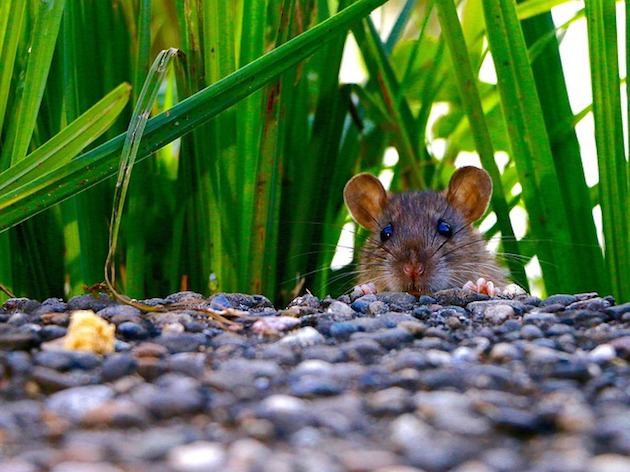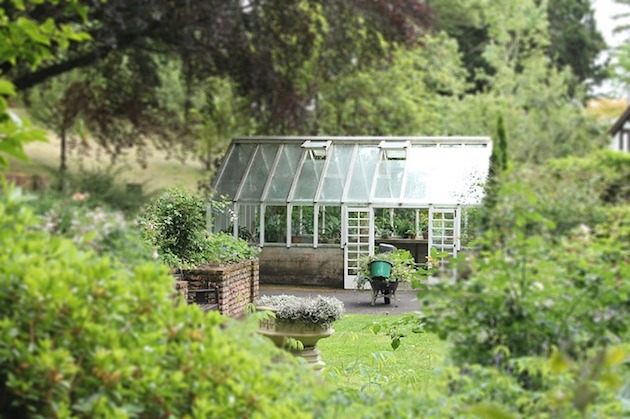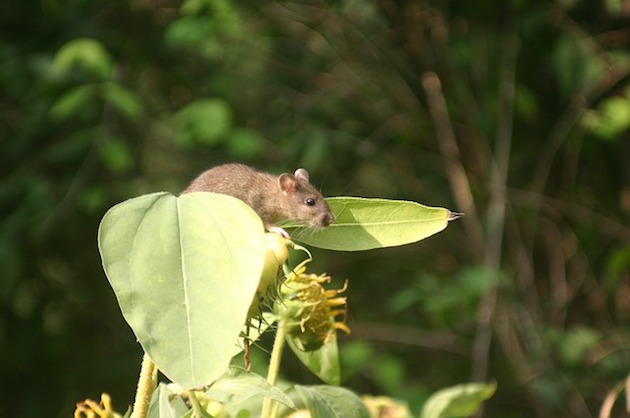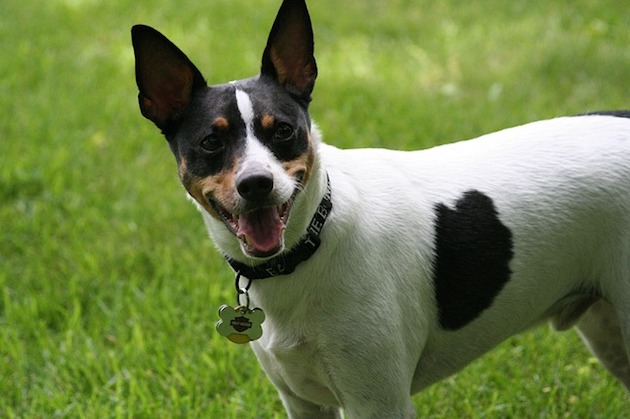Having a rat infestation in the garden is a common problem for many homeowners. Knowing the signs of rats in garden settings goes a long way for garden rat control and garden rat prevention. If you have spotted signs of rats in the garden, it’s more than likely you have a garden rat infestation.
Your garden provides the perfect environment for rats to live in. It has food, shelter and water. Rats can live relatively undisturbed in the garden. Once they make a nest there, they will multiply very quickly. This means the scale of the infestation will rapidly increase too. Because of this, it makes it harder for you to a get rid of a rat infestation. And costlier to get rid of over time.
Signs Of Rats In The Garden
The signs of rats in garden environments are clear and easy to spot when you know what you’re looking for. You have to do a full investigation of your property, taking 10-15 minutes every month to look for signs of rats in the garden. Here we have the complete list of how you can spot the signs of rats in the garden. Take a look, and if you recognise any of them, you certainly have a rat problem on your hands.
- Rat droppings in shed or garden – Rat droppings are easy to spot because of their distinct shape and size. Rats tend to defecate a lot, and can produce up to 40 droppings in one night. They look like a large grain of rice, around 9-14mm with a dark brown colour. If you see these largish pellets anywhere around your garden, in sheds and greenhouses or close to your home, it’s definitely rats that you’re dealing with.
- Bite marks on garden items – Rat have very tough teeth that need to constantly be scraped down. They can bite through almost anything. This includes brick, cement and cinder blocks. The bite marks are distinct, and will normally be found on the garden shed or furniture. Seeing these around the garden guarantees the presence of rats in the garden or in the shed.
- Rat nests – Rats will make nests while they multiply. They will build these nests in dry places, safe from predators. Rats are very much attracted to clutter that is made of cloth, paper and cardboard materials. Another reason they will build nests in a certain place is having a great food source nearby. Bird feeders in your garden may be a bad thing if a rodent can reach them. Try a squirrel proof feeder instead, which reduces the amount of grains being spilt.
- Footprints in the dirt and dust – Rats always have somewhere to scurry off to. They are very active, so it’s inevitable they leave footprints This is one of the more obvious signs of rats in garden settings. Since they live in dusty and dirty areas, wherever rats walk their feet and tails leave very distinct footprints. You can easily find where rats are coming and going to by leaving out a trap for them. Put some flour down and wait for a day or two. It will take a few hours until the pest steps over it. You can then inspect it, and see what marks the pest is leaving behind. If it is rats, you should immediately call in a pest controller because rat populations increase very quickly. Rat infestations cause a lot of problems, and will cost you more the longer you leave it to get rid of them.
- Rat burrows – Brown rats have a fantastic ability to dig very fast. They do this to create shelters and to secure a proper food source. They also nest in these burrows. You can find rat burrows in your garden by looking at the most common places they dig them. This could be near compost bins, near the garden shed, inside the garage, under shelter such as decking or anywhere else there might be food stored.
- Pets become more active – Our pets have much better hearing than we do. They can detect the very low-frequency noise that rats make. If your cat or dog detects the activity of rodents, they will start to become more active themselves and try to find their hiding spots. Your pets main goal may be to locate and kill the rat so the sounds stop. If you notice that your pet is sniffing around more than usual, you may be dealing with a rat infestation.
- Rat pathways – Rats make runways, which help them gain easier access to food. These pathways normally run from their nest to the food source. The reason they make these pathways is so they can shorten the space between the two points, making it easier for them to get their food.
- Rat odour – When a large number of rats live in one place they normally come with a smell. You can smell this odour from a distance. It is one of the signs of rats in garden environments you can’t ignore. It smells very strongly of ammonia because of the rats urine. If you can’t spot rats, maybe you can smell them instead.
If none of your prevention methods work and you find yourself with an Infestation call Empire pest control today.







Leave a Reply